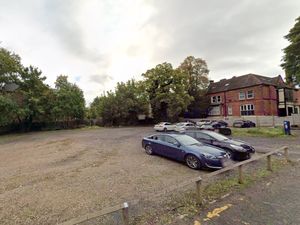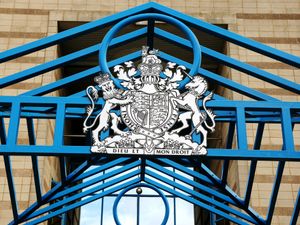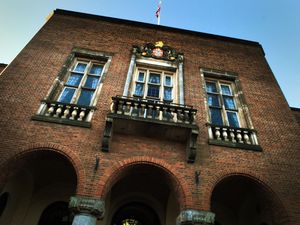Dudley Zoo to get its view back with restoration
It was built to help visitors get closer to the animals and now an iconic building dating back to the 1930s is being restored to its former glory at Dudley Zoo.
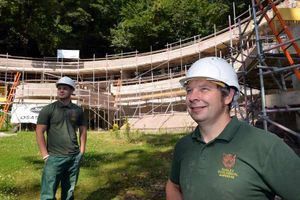
The work on the Bear Ravine, which has not been home to bears for around 30 years, follows completion of work at the zoo's Safari Shop earlier this year which was restored to provide a new entrance to the zoo offering access from an extended car park.
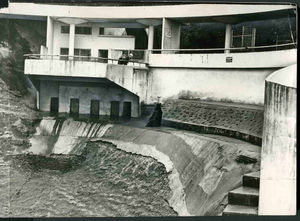
Officials from the zoo said work on the Bear Ravine was expected to be completed in October or November.
As part of the scheme, the building will be restored using traditional concrete techniques which staff and apprentices have been trained in.
It will also be restored to its original colour – mainly sky blue but with some grey and terracotta elements as well.
See also: Landmark Dudley Zoo entrance to be lit up
Dudley Zoo building restored to glory of the 1930s
The aim of the scheme will be to restore the structure, which has a shaped retaining wall and terrace, to how it looked when first opened in the late 1930s.
It is not yet decided if animals will be moved into the enclosure or if it will be left as a public space.
As part of the work a kiosk near the enclosure is also being revamped.
And as layers of paint have been stripped away it has already revealed a number of surprises for zoo bosses.
An old Teddy Grays sign advertising Dudley rock has been uncovered. The sign is believed to have been in place on the kiosk for a number of years.
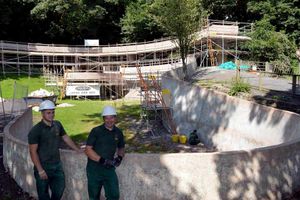
Officials have taken photographs of the find to add to the attraction's history.
The Tecton buildings at the zoo were created by Berthold Lubetkin's Tecton Group.
Chief executive of the Zoo Peter Suddock said: "The scaffolding has now gone up around the Bear Ravine which in itself has cost around £15,000.
"This is a large job but it will bring one of the zoo's most distinctive buildings back to its former glory.
"As with the Safari Shop project we will be doing a lot of the work ourselves with our apprentices applying the skills they have learned in the earlier project.
"A lot of research has been carried out to find out what the Bear Ravine would have looked like originally in terms of colour and it appears to have been a sky blue.
"We were also delighted to find the old Teddy Gray sign at the kiosk.
"t had obviously been on display for some time in the past and there were a number of layers of paint.
"This project is continually exciting and reveals things we did not expect."
The 12 Tecton buildings also include two cafes, two kiosks, the Queen Mary restaurant, polar bear triple complex, sealion pool, elephant house, the bird house and reptile enclosure.
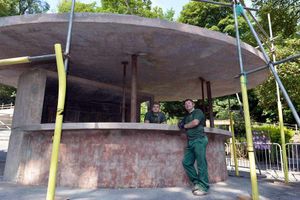
They have received World Monuments Fund status, alongside Machu Picchu and the Taj Mahal.
The buildings were designed to ensure there were no bars on the enclosures which made Dudley Zoo different from other zoos when it opened in 1937.
Buildings near Dudley Castle also had to be kept as inconspicuous as possible in order not to ruin views of and from the historic monument.
They were made using pre-stressed concrete and architects were able to mould it to create attractive enclosures to fit in with the landscape and the steep slopes of the Castle Hill site.
There were originally 13 Tectons but the penguin pool had to be demolished in 1974 due to damage caused by the saltwater.
Eleven of the zoo's Tectons are still used today as over the years the zoo has carried out restoration work using its own funds as well as grants.
They have included a polar bear complex which once provided homes to lions as well as polar bears but was later an enclosure for a brown bear, a tiger and Gelada baboons.


